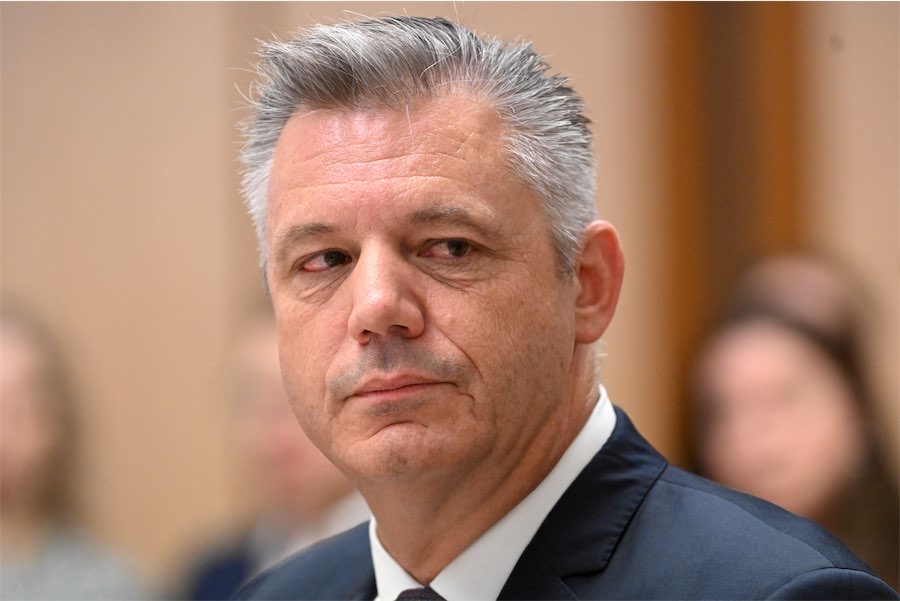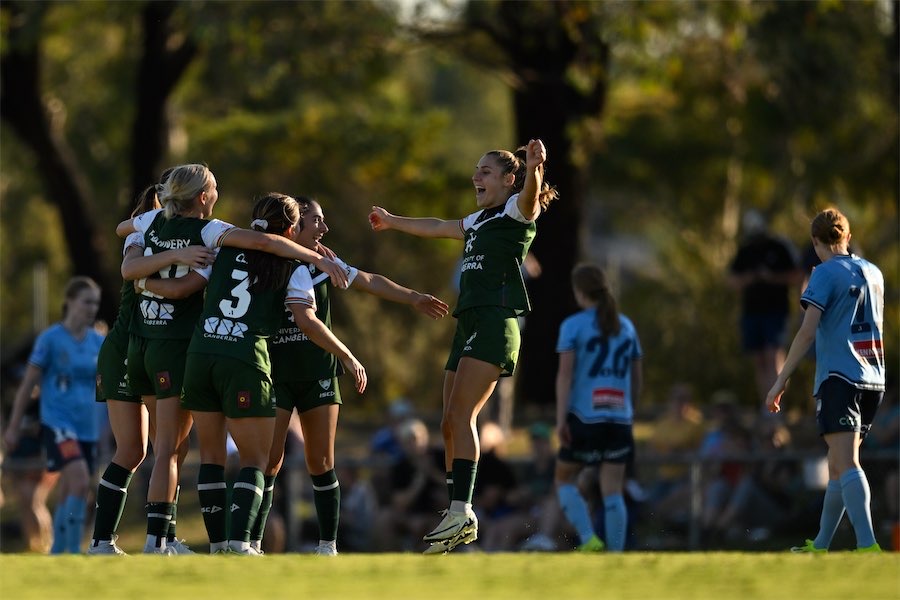 AFTER almost a year of maintenance work, NASA Deep Space Station 43 (DSS-43) made contact with the Voyager 2 spacecraft on Monday (February 15).
AFTER almost a year of maintenance work, NASA Deep Space Station 43 (DSS-43) made contact with the Voyager 2 spacecraft on Monday (February 15).
It was a sigh of relief for the large team of world-leading experts involved in the project, says outreach manager at the Canberra Deep Space Communication Complex, Glen Nagle.

Located near Tidbinbilla, the station, through its 49-year-old antenna (DSS-43), is the only one in the world able to track Voyager 2, a spacecraft that was first launched into deep space on a mission about 44 years ago to explore Jupiter, Saturn, Uranus and Neptune.
For the last 11-months, Voyager 2 had been in “command hibernation”, a sought of autopilot, while continuing to travel at 15.3 kilometres per second through the interstellar void, says Glen.
“Just collect data and send it back home and don’t do anything else,” were the instructions left for the spacecraft when DSS-43 went offline in March for maintenance work.
Since then, smaller antennas have collected information coming in, and a test message was sent in November, briefly reconfirming command control.
However, in the early hours of Saturday, a signal was sent from the repaired antenna and after 17.5 hours in deep space, reached Voyager 2.
While DSS-43 was still working, more than 250 contractors were employed to help the 85 scientists upgrade the ageing antenna, which had become more and more intensive to maintain, says Glen.
The upgrades included two new transmitters, improvement to the receivers, new power, water and electrical systems built through the antenna, mechanical changes, as well as new safety systems for staff.
“Top-to-bottom, inside-and-out, it’s effectively brand new,” Glen describes the finished project.
But before it could come together, the team hit a snag that even their years of planning could not have predicted when, early into the project, the covid pandemic hit the country.
“We had to be very creative all of a sudden, changing all of our plans that we’ve put in place,” says Glen.
The team was split into two. Each equipped with the expertise to get the job done but unable to properly communicate. At least not face-to-face.
The scores of contractors also faced new hurdles and the experts needed from the US faced travel restrictions.
“It was a very tight eleven-month project,” Glen says.
But, despite the hurdles, the project finished on-time, and, just as importantly, on budget, he says.
Glen says the new state-of-the-art equipment will see the antenna in-use well into the future – perhaps another 40 years.
For now it will serve Voyager 2 as well as NASA and other multinational missions to Mars.
Just next week, NASA’s Mars Perseverance rover will make its final descent to the “Red Planet” with help from Canberra.
While we may marvel at that technology and the big pictures from Mars, Glen says the team at Tidbinbilla is the key connection in-between that makes sure that everything can actually happen.
“Otherwise what you send out there is just space junk,” he says.
Who can be trusted?
In a world of spin and confusion, there’s never been a more important time to support independent journalism in Canberra.
If you trust our work online and want to enforce the power of independent voices, I invite you to make a small contribution.
Every dollar of support is invested back into our journalism to help keep citynews.com.au strong and free.
Thank you,
Ian Meikle, editor





Leave a Reply